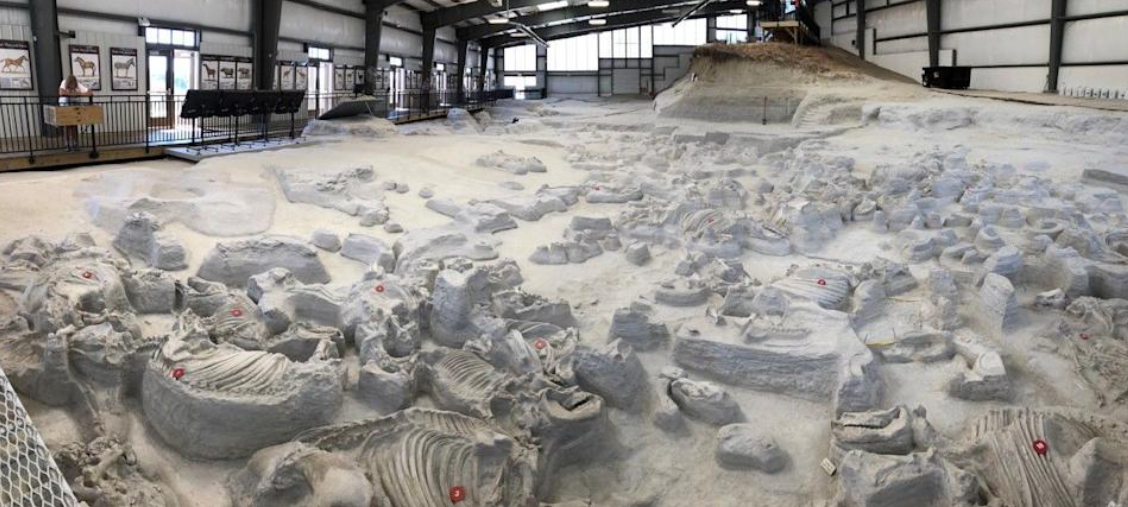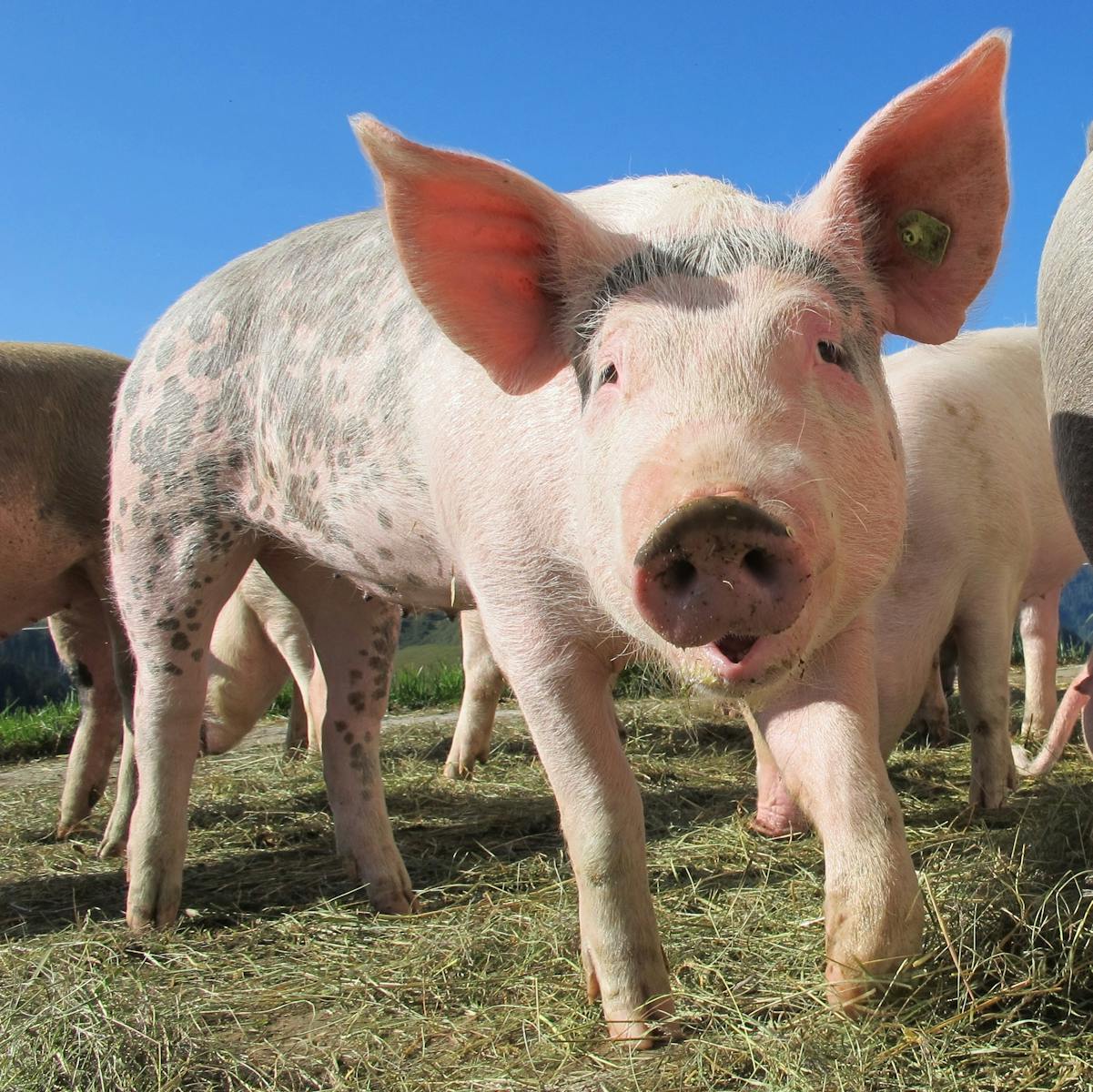In 1971, researchers and paleontologists discovered a cluster of ancient rhino bones near a present day Northeast Nebraska site – Ashfall Fossil Beds. They suspected that there were about 100 rhinos all near a water hole. This begged the question to the researchers “Why were there so many rhinos all in one watering hole?” Well the University of Cincinnati has decided to look more closely at this fossil sight in present day. The lead researcher Clark Ward, said this after taking a closer look at the fossilized teeth of the rhinos with his team, “We found they didn’t move very much. We didn’t find evidence for seasonal migration or any evidence of a response to the disaster.”
The ancient rhino remains were identified using isotopes as Teleoceras major an extinct rhino species that used to live way back then. They had short stumpy legs, a cylinder-like body, and one singular sharp horn. These rhinos most likely ate grass and spent most of their time in or next to water, very similar to hippos. Isotopes act like chemical fingerprints, telling the researchers where an animal may have lived and what it could have eaten. Ward’s research team analyzed the ratios of strontium, oxygen, and carbon isotopes in the animals’ bones. Ward talked about how carbon isotopes helps to recognize the vegetation in the extinct animal’s environment. And oxygen isotopes can give information on the past climate of where the animal lived. “We can use it to reconstruct how wet or dry the environment was,” Ward said. “And strontium tells us where the animal was foraging because the ratio of isotopes is related to the soil and supporting bedrock.” The information presented by isotope analysations suggests that the Teleoceras major weren’t just running from a volcanic eruption or were together from sheer coincidences but actually lived in herds. And the end of these creatures wasn’t caused directly from a volcanic eruption of the Yellowstone supervolcano, which was 700 miles away, but the eruption limited the grass they feed on killing them of starvation.
Related Stories:
https://interestingengineering.com/science/yellowstone-rhino-graveyard-12-million-year-old
Ancient-fossils-reveal-massive-rhino-herds
Take Action:




